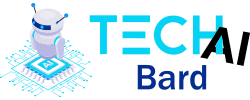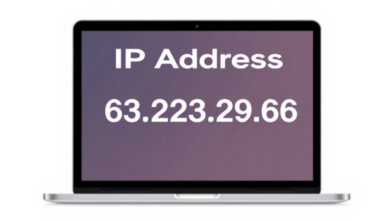How to Optimize User Experience with a Core App Dashboard

Welcome to our latest blog post where we delve into the world of user experience optimization and unlock the secrets behind creating an exceptional core app dashboard.
In today’s fast-paced digital era, users crave seamless functionality and intuitive design in every application they interact with. So, if you’re ready to take your app’s user experience to new heights, grab a seat as we dive deep into the art of crafting a captivating and efficient core app dashboard that will leave your users begging for more!
What is a Core App Dashboard?
A Core App Dashboard is a powerful tool that can help you optimize your user experience by providing valuable insights into how your app is being used. By tracking key metrics such as session length, number of sessions, and average time spent in the app, you can identify areas where your app is excelling and areas where there is room for improvement.
Additionally, the Core App Dashboard provides detailed information on the most popular features of your app so you can ensure that these are meeting user needs.
Benefits of a Core App Dashboard
There are many benefits of having a core app dashboard, including the ability to:
- Easily see which apps are being used the most and make changes accordingly
- Get feedback from users on what they want to see in the dashboard
- Make changes to the dashboard quickly and easily
- Add new features and functionality to the dashboard as needed
How to Design a User-Friendly Core App Dashboard
There are three main things you should keep in mind when designing a user-friendly dashboard for your core app: 1) make sure the most important information is front and center, 2) use icons and visuals to help users quickly understand what they’re looking at, and 3) give users the ability to customize the dashboard to their own needs.
1) The most important information on your dashboard should be easy for users to find and understand. This means placing it front and center, using clear labels, and providing any necessary context.
2) Icons and visuals can help users quickly grasp what they’re looking at, so don’t be afraid to use them liberally. Just make sure they’re intuitive and easy to interpret.
3) Give users the ability to customize the dashboard to their own needs. This could mean allowing them to rearrange elements, hide certain sections, or even choose different color schemes. Giving users this level of control will ensure that they always have a positive experience with your dashboard.
Creating Engaging Visuals for Your Core App Dashboard
Your app’s dashboard is the first thing your users will see when they open your app, so it’s important to make a good impression. There are a few things you can do to ensure that your dashboard is engaging and easy to use.
First, keep it simple. Too many elements on the page can be overwhelming and make it difficult to find what you’re looking for. Stick to the essentials and only include information that is absolutely necessary.
Second, use strong visuals. Bright colors and high-quality images will grab attention and help guide the user’s eye to important information. Be sure to use visuals that are relevant and informative, however, irrelevant or confusing visuals can deter users from using your app.
Third, make use of negative space. Leaving some empty space on the page makes it easier to scan and helps focus the user’s attention on the most important elements. It also makes your dashboard look more polished and professional.
Fourth, use clear and concise text labels. Help users understand what they’re looking at by labeling each element clearly. Avoid using jargon or technical terms that might not be familiar to everyone.
By following these tips, you can create a dashboard that is both visually appealing and easy to use, ensuring a positive experience for your users.
Balancing Personalization and Automation on the App Dashboard
There are two key ways to optimize user experience on a core app dashboard: personalization and automation.
Personalization is all about making the dashboard unique to the user. This can be done by customizing the layout, colors, and content to match the user’s preferences. Automation, on the other hand, is about making the dashboard easier to use by automating tasks such as data collection and analysis.
The best way to balance personalization and automation is to start with a basic layout that can be customized for each user. Then, add automation features as needed to make the dashboard more efficient.
Testing Your Core App Dashboard for Peak Performance
Your core app dashboard is the heart of your user experience, so it’s important to test it regularly to ensure peak performance.
Here are some tips for testing your core app dashboard:
- Test regularly. Your core app dashboard should be tested at least once a week, if not more frequently. This will ensure that any changes or updates you make are reflected properly and that your users have the best experience possible.
- Use real data. When testing your core app dashboard, be sure to use real data. This will give you the most accurate results and help you identify any potential issues.
- Try different scenarios. To get a complete picture of how your core app dashboard performs, try different scenarios. For example, test with different data sets or user types. This will help you identify any areas that need improvement.
- Get feedback from users. In addition to testing your core app dashboard yourself, be sure to get feedback from actual users. This can be done through surveys or other feedback mechanisms. This will help you gauge how well your dashboard is performing and what improvements can be made
Conclusion
A core app dashboard is a great way to optimize user experience and help make the most of your mobile application. By providing quick access to all the features, functions, and content that are important to users, you can create an intuitive interface that will improve engagement with your product or service. With this guide in mind, you should now have an understanding of how to build and maintain a successful core app dashboard for optimal user satisfaction.




